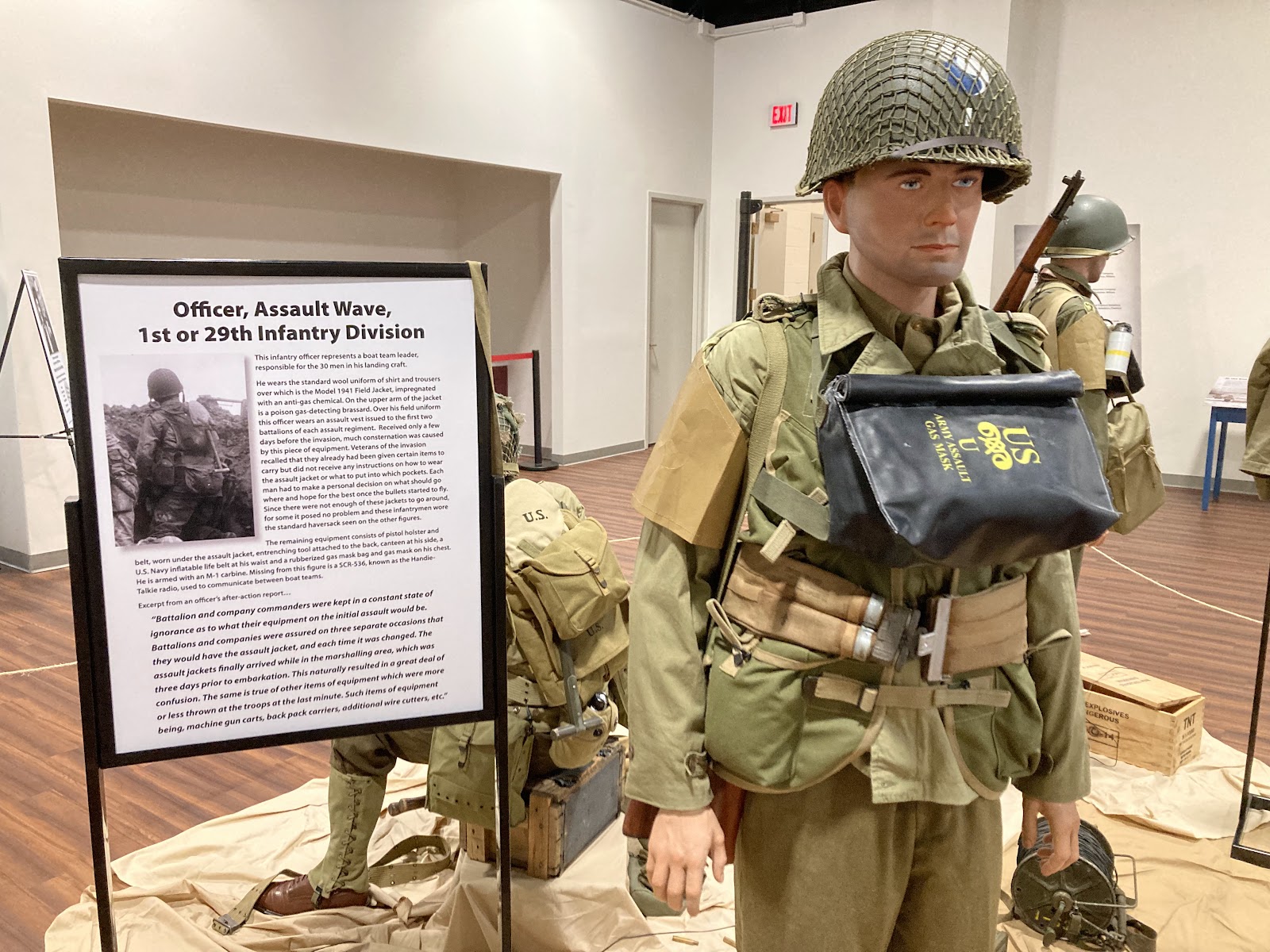Proto People
I have spent much of October involved in developing a range of figures suitable for the Aquia Line. This is because there are very few civil war era figures available in the market that are in non-combat poses. So I decided to make my own.
One of my long term objectives was to learn 3D sculpting software to sculpt and then print those figures for my railroad. I considered Zbrush and Blender as possible software tools for this. Both have pretty steep learning curves so I delayed learning them. Zbrush is also very expensive, while Blender is free, open source. However, I learned about a new sculpting service called Meshy that greatly simplifies the process. Meshy uses AI functions to convert 2D images into STL files that can be 3D printed. It is similar to the photogramatry process used in 3D scanning, but it uses AI to extrapolate a 2D image to 3D. They charge a subscription fee, but it is not too expensive.
The work flow is as follows
- Find an image that I want to use as inspiration for a figure or set of figures.
- Clean up the image in Photoshop.
- Import the 2D image to Meshy and create an STL.
- Clean up and or repair the STL file in Blender and Meshmixer. For example, add an arm that the AI may have omitted, or fix the insignia or hat style on a figure. I also embellish the facial and other details.
- Export a final STL that I can use in Chitubox to create the sliced file that can be used on a 3D printer.
I am not going to bother going into detail on any of those steps as there are thousands of websites and Youtube videos that explain them. The bottom line is that this work flow saves me a lot of time in the sculpting phase of the process.
With this I have been able to produce 3D prints of actual people that I find in images taken on the actual Aquia Line. I have developed a range of these figures that I sell on my Alkem scale models web site https://alkemscalemodels.biz/proto-people
Story Telling
Another one of my long term objectives is to use the USMRR Aquia Line as a string and prop for telling stories in video or graphic novel format. I am not a big fan of superhero graphic novels. But I do like more realistic and historical stories told in graphic format and they are fun to make. However, the possibility of making a video story has been enhanced with the use of some of the new AI video tools that are coming available. I have done a limited test of these and the results are promising, but not quite where they need to be yet to make a good video short.
Here is a test video that I made using mostly Grok, but also some RunwayML.
Unfortunately, RunwayML has been disappointing. Grok works better but has many limitations. So, for now, this objective will have to wait until the AI video generating software improves.
NMRA MER Annual Convention
I attended the NMRA MER Annual convention in King of Prussia, PA, which is a suburb of Philadelphia, PA. The convention was fun, although a bit on the expensive side. The hotel was very nice and convenient to a lot of other attractions, such as the Audubon Center, where I went twice to bird watch. I went to one op session, managed to attend one clinic and spent a good part of Saturday acting an an evaluator for the Model Contest.
The model contest was very well run. My team was very proficient and did a great job in evaluating the many models. I also entered a model in the contest, so I had to sit out that category.
I am happy to report that my model of the USMRR Machine shop won three awards,
- First Place in On-Line Structure
- The Charles Haldik Memorial Award for best model of a southern RR subject
- Best in Show
I will be taking the machine shop to one more show, then I will be installing it on the USMRR Aquia Line. I should mention that I used figures from my new line to populate the model.
On my way home I stopped at 4 model railroad open houses. All were very nice. I met Bruce Friedman, who is an Alkem Scale Models customer and has an impressive modern prototype based railroad. He was kind enough to demonstrate his contemporary US Army tank train on his layout. It is an amazing 70-car long train full of DODX cars hauling Abrams tanks, Bradley fighting vehicles and a few other odds and ends.























































